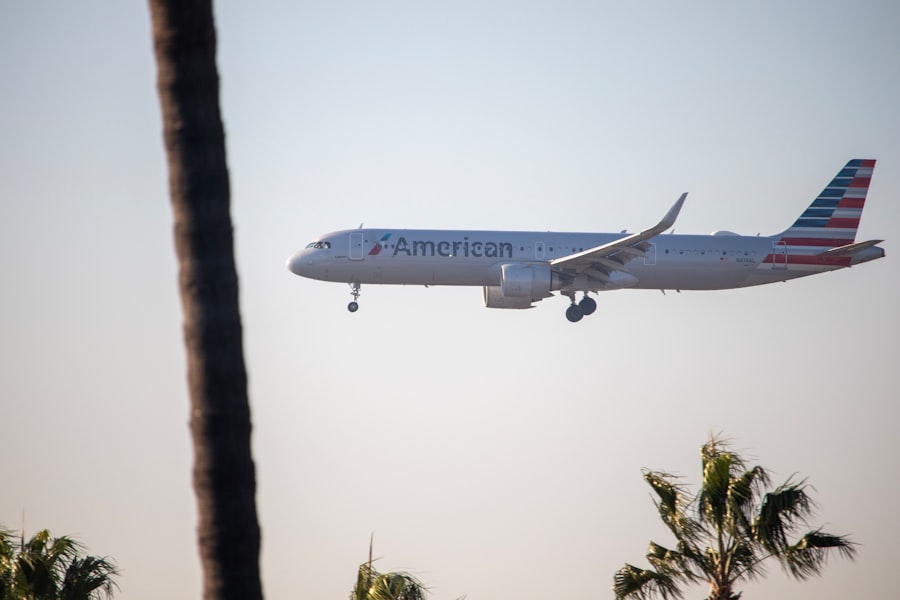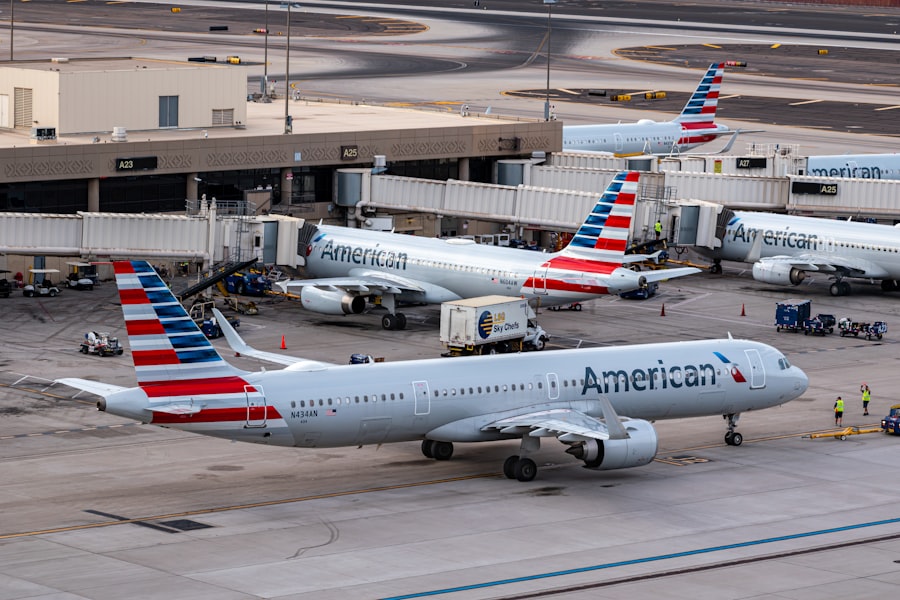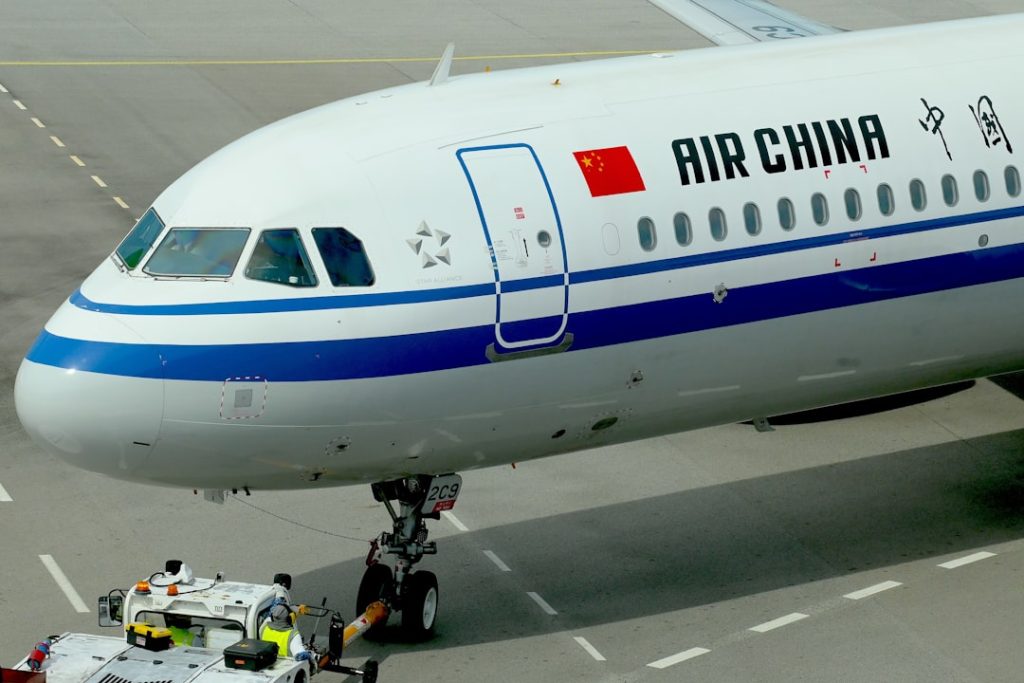The Airbus A321, a member of the A320 family, has established itself as a significant player in the commercial aviation sector since its introduction in 1994. Designed to bridge the gap between short-haul and medium-haul flights, the A321 offers airlines a versatile platform that can be adapted to various operational needs. With its single-aisle configuration, the aircraft is particularly well-suited for high-density routes, making it a popular choice among low-cost carriers and traditional airlines alike.
The A321’s design incorporates advanced aerodynamics, efficient engines, and a spacious cabin, all of which contribute to its reputation for reliability and passenger comfort. Over the years, the A321 has undergone several iterations, including the A321neo (new engine option) variant, which features more fuel-efficient engines and improved aerodynamics. This evolution reflects Airbus’s commitment to innovation and sustainability in aviation.
The A321neo has garnered significant interest from airlines around the globe, with its ability to reduce fuel consumption and emissions while enhancing range and performance. As the aviation industry continues to adapt to changing market demands and environmental considerations, the A321 remains a cornerstone of Airbus’s product lineup, showcasing the manufacturer’s ability to meet diverse operational requirements.
Key Takeaways
- The Airbus A321 is a versatile and popular aircraft known for its efficiency and range.
- As a passenger aircraft, the A321 offers a comfortable and spacious cabin with the ability to carry a large number of passengers.
- When converted into a cargo aircraft, the A321 provides efficient and reliable transportation of goods and supplies.
- The A321 can be adapted for military use, serving as a troop transport or for other specialized missions.
- As a corporate jet, the A321 offers luxury and convenience for business travelers, with customizable interiors and advanced amenities.
- The A321 can also be used as a special mission aircraft for tasks such as surveillance, reconnaissance, or medical evacuation.
- With freighter conversion, the A321 can continue to serve as a cargo aircraft, extending its operational life and value.
- The future of the Airbus A321 looks promising, with continued demand for its versatility and adaptability in various roles.
The A321 as a Passenger Aircraft
As a passenger aircraft, the Airbus A321 is celebrated for its spacious cabin and efficient layout. Typically configured to accommodate between 185 to 240 passengers, depending on the airline’s specifications, the A321 provides a comfortable travel experience for both short and medium-haul flights. The aircraft’s cabin design allows for wider seats and more legroom compared to many of its competitors in the same category.
Airlines often customize their interiors to enhance passenger comfort, incorporating features such as mood lighting, larger overhead bins, and advanced in-flight entertainment systems. The A321’s operational flexibility is one of its standout features. Airlines can configure the aircraft in various layouts to suit different markets, from high-density configurations for budget carriers to more spacious arrangements for full-service airlines.
For instance, American Airlines operates the A321 in a two-class configuration on transcontinental routes, offering both business and economy class seating. This adaptability allows airlines to optimize their fleet for specific routes and passenger demographics, making the A321 an attractive option for operators looking to maximize revenue while providing a quality travel experience.
The A321 as a Cargo Aircraft

While primarily recognized as a passenger aircraft, the Airbus A321 also serves as an effective cargo transport solution. The aircraft’s spacious fuselage can accommodate a significant volume of cargo, making it suitable for airlines that wish to diversify their operations by incorporating freight services. The A321’s main deck cargo capacity is complemented by its ability to operate in various environments, including regional airports with shorter runways where larger freighters may not be able to land.
Several airlines have successfully integrated cargo operations into their A321 fleets. For example, DHL Express has utilized the A321 for regional express deliveries, capitalizing on its speed and efficiency. The aircraft’s ability to operate on shorter routes allows DHL to provide timely service while maintaining cost-effectiveness.
Additionally, the A321’s lower operating costs compared to larger freighters make it an appealing choice for carriers looking to expand their cargo capabilities without significant investment in dedicated freighter aircraft.
The A321 as a Military Aircraft
| Category | Specification |
|---|---|
| Role | Tactical airlifter/transport aircraft |
| Manufacturer | Airbus |
| First flight | 1993 |
| Primary users | French Air Force, German Air Force, Royal Air Force, etc. |
| Engine | 2 × CFM International CFM56-5 or IAE V2500 |
| Max speed | 450 knots (518 mph, 833 km/h) |
| Range | 3,200 nmi (3,700 mi, 5,900 km) |
The versatility of the Airbus A321 extends beyond commercial aviation; it has also found applications within military operations. Various air forces around the world have adapted the A321 for military use, leveraging its capacity for troop transport, medical evacuation, and logistical support. The aircraft’s robust design and proven reliability make it suitable for a range of military missions, from transporting personnel to delivering supplies in challenging environments.
One notable example is the use of the A321 by the German Air Force (Luftwaffe), which operates a variant known as the A321LR (Long Range). This version is equipped with advanced communication systems and can be configured for various roles, including VIP transport and humanitarian missions. The adaptability of the A321 allows military operators to modify the aircraft according to mission requirements, ensuring that it can meet diverse operational needs while maintaining high levels of performance and efficiency.
The A321 as a Corporate Jet
In addition to its commercial and military applications, the Airbus A321 has also been transformed into a luxurious corporate jet option for private clients and corporations seeking an exclusive travel experience. Known as the ACJ321 (Airbus Corporate Jet), this variant offers an expansive cabin that can be customized to reflect the owner’s preferences. With ample space for lounges, offices, bedrooms, and dining areas, the ACJ321 provides an unparalleled level of comfort and privacy for high-profile travelers.
The customization options available for the ACJ321 are virtually limitless. Owners can choose from various interior designs, materials, and layouts to create a bespoke environment tailored to their specific needs. Additionally, advanced technology can be integrated into the cabin, including state-of-the-art entertainment systems and high-speed internet connectivity.
This level of personalization makes the ACJ321 an attractive choice for corporations looking to impress clients or facilitate executive travel while ensuring that their employees enjoy a comfortable journey.
The A321 as a Special Mission Aircraft

The adaptability of the Airbus A321 extends into specialized mission roles beyond standard passenger or cargo transport. Various organizations have modified the aircraft for unique applications such as surveillance, reconnaissance, and humanitarian assistance. These special mission variants are equipped with advanced technology tailored to specific operational requirements.
For instance, some countries have adapted the A321 for maritime patrol missions. These aircraft are outfitted with sophisticated radar systems and surveillance equipment capable of monitoring vast oceanic areas for illegal fishing or smuggling activities. The aircraft’s range and endurance make it well-suited for extended missions over water, providing operators with valuable intelligence-gathering capabilities.
Similarly, humanitarian organizations have utilized modified A321s for disaster relief efforts, enabling rapid deployment of aid supplies and personnel to affected regions.
The A321 as a Freighter Conversion
As demand for air cargo services continues to grow, many airlines are exploring freighter conversions of existing passenger aircraft like the Airbus A321. This process involves modifying the aircraft’s interior to maximize cargo capacity while ensuring compliance with safety regulations. Converting passenger planes into freighters allows airlines to capitalize on their existing fleets without investing in new dedicated freighter aircraft.
The conversion process typically includes removing passenger seats and installing a cargo door for easy loading and unloading of freight. Additionally, modifications may be made to enhance structural integrity and accommodate various types of cargo. Airlines such as Qantas have successfully converted their A321s into freighters to meet increasing demand for air freight services during peak seasons or in response to market fluctuations.
This approach not only extends the life cycle of existing aircraft but also provides airlines with greater flexibility in managing their fleets.
The Future of the Airbus A321
The future of the Airbus A321 appears promising as it continues to adapt to evolving market demands across various sectors of aviation. With increasing emphasis on sustainability and efficiency in air travel, innovations such as the A321neo highlight Airbus’s commitment to reducing environmental impact while enhancing performance capabilities. As airlines seek more fuel-efficient options that align with global sustainability goals, the A321neo stands out as an attractive choice.
Moreover, as air cargo demand rises due to e-commerce growth and global supply chain complexities, the versatility of the A321 in both passenger and freighter configurations positions it well within this expanding market segment. Its adaptability across military, corporate, special mission roles further underscores its significance in modern aviation. As technology continues to advance and operational needs evolve, the Airbus A321 is likely to remain a vital component of both commercial fleets and specialized applications well into the future.


